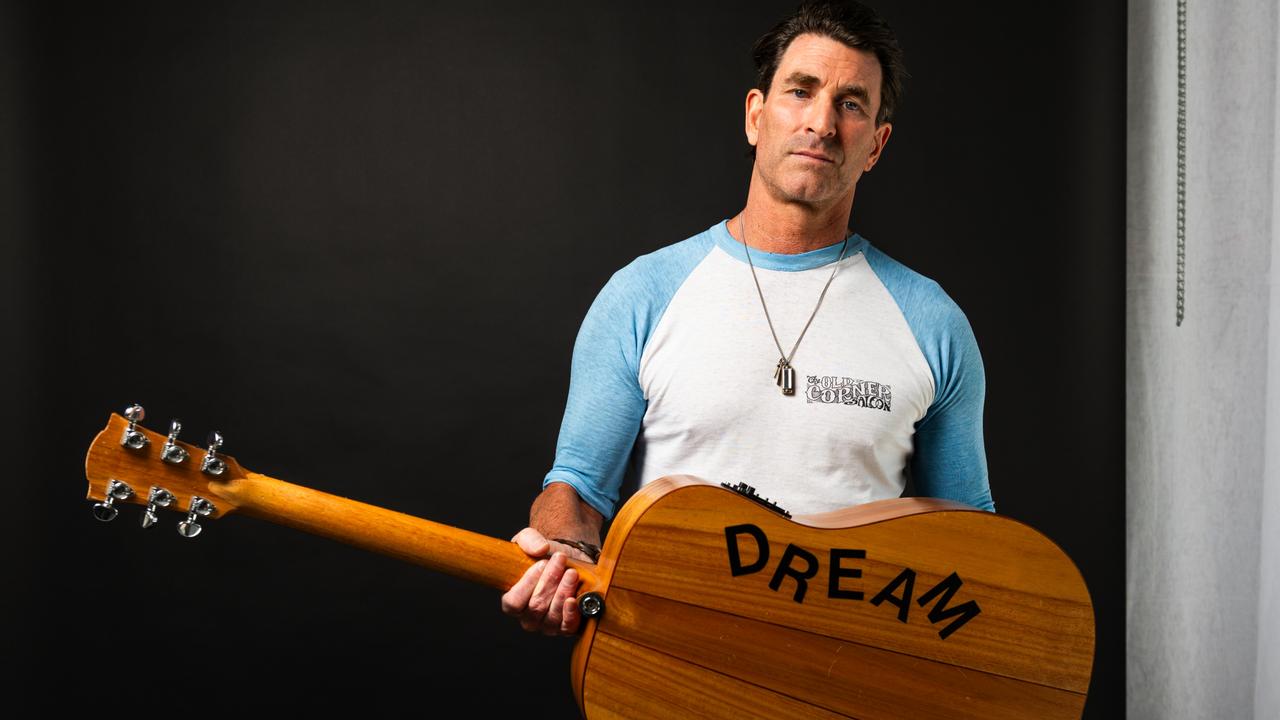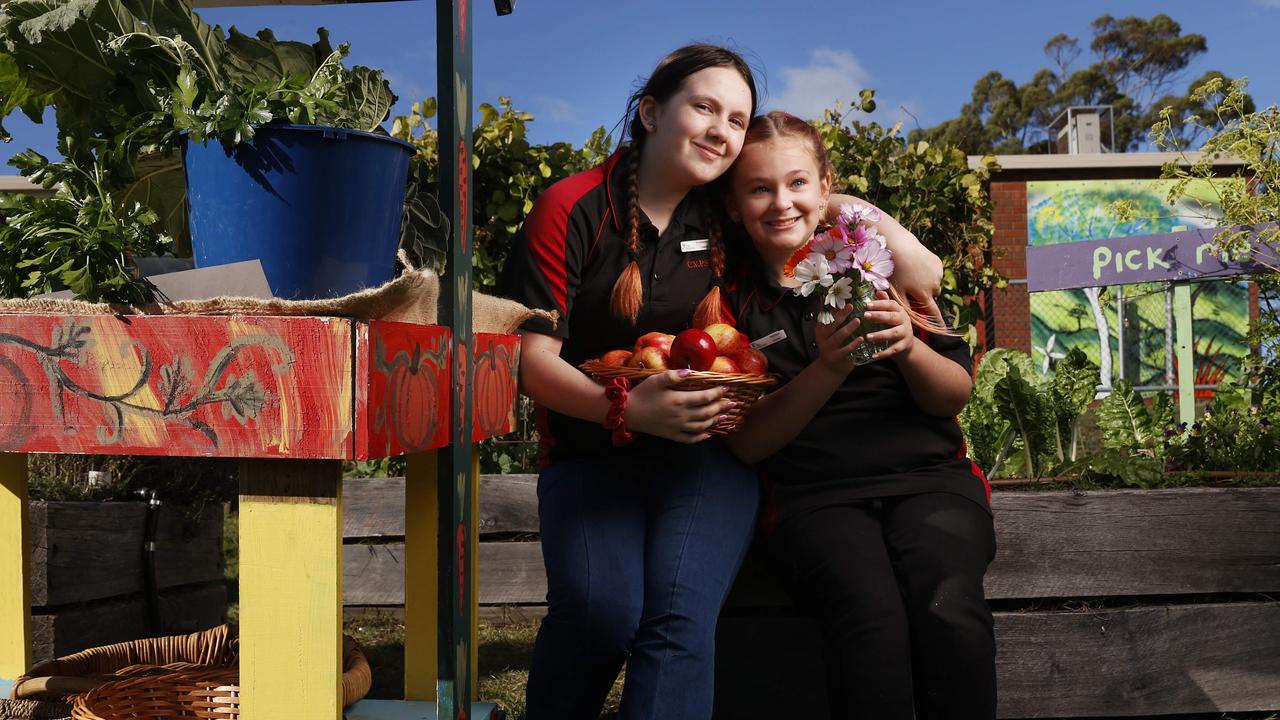Heritage fight ramps up as prominent Tasmanians’ graves under selloff threat
A VICTORIA Cross winner, an iconic Australian artist, a former premier and a First Fleet convict — are all prominent Tasmanian gravesites under threat from the Anglican Church selloff.
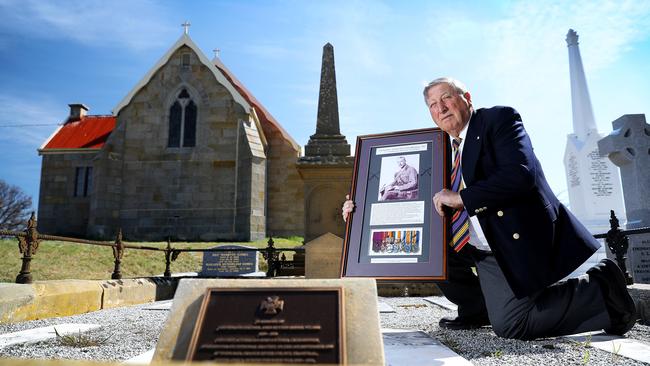
Tasmania
Don't miss out on the headlines from Tasmania. Followed categories will be added to My News.
A VICTORIA Cross winner, an iconic Australian artist, a former premier and a First Fleet convict — are all prominent Tasmanian gravesites under threat from the Anglican Church selloff.
In June, the Diocesan Council voted to sell 108 properties, including 76 churches, across Tasmania to help fund a redress scheme for victims of childhood abuse.
But Anglican parishioners have fears for what could happen to the cemeteries adjacent to many of the churches marked for sale.
MORE:
ANGLICAN BISHOP KNOWS MEANING OF SACRIFICE
FIGHT HEATS UP AGAINST ANGLICAN CHURCH SALES
ANGLICAN CHURCH URGED NOT TO RUSH
ST ANN’S CHURCH AND CEMETERY FALLING APART AFTER BEING SOLD
Among the graves in danger of being lost is one of Australia’s first VC winners, Lieutenant Colonel John Hutton Bisdee, buried at St James churchyard at Jericho after his death in January 1930, aged 60.
The Tasmanian trooper with the Imperial Bushmen in the 1899-1902 Boer War, and also a World War I veteran, was awarded his medal for his heroic efforts in saving a number of his comrades on September 1, 1900. His descendant and Southern Midlands Mayor Tony Bisdee said he was “very proud” of his father’s first cousin.
He said it would be a shame to lose such an esteemed piece of Tasmanian history, a site he had visited many times over the years.
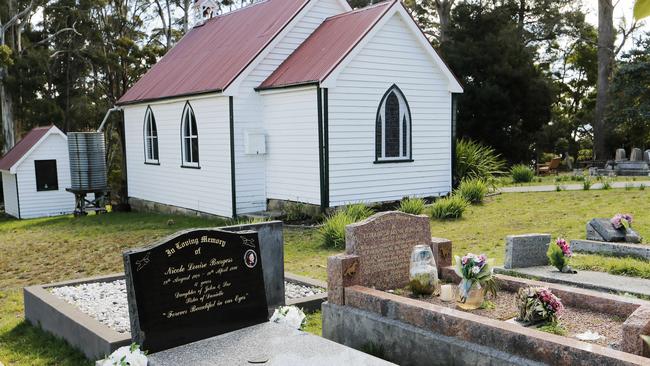
“What we’re particularly proud about is he received his VC for saving lives, not for taking them, that’s a very important point for us,” Cr Bisdee said.
“He was a farmer, but he liked the military life.”
Cr Bisdee said he feared for what could happen to the Anglican cemeteries across the state once they fell into private hands, and under the current legislation there was “very little compliance requirements” on their owners.
Another prominent Australian whose grave is in jeopardy is artist Tom Roberts, an influential landscape painter of the late 1800s and early 1900s.
Probably most famous for his Shearing the Rams painting, Roberts died in September 1931 and was buried beside his wife at Christ Church Illawarra, near Longford.
Art historian Caroline Miley said it “would be a tragic loss for the nation” if the grave was destroyed once the church was sold.
She started an online petition, which has more than 200 signatures, to lobby Tasmania Premier Will Hodgman and Senator Mitch Fifield, the Minister for Communications and the Arts, to help save the grave.
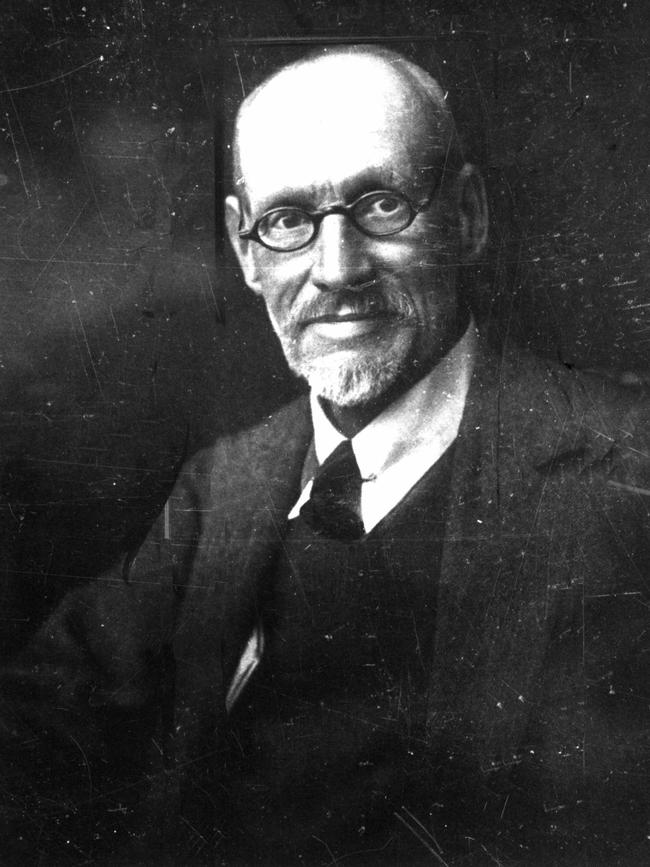
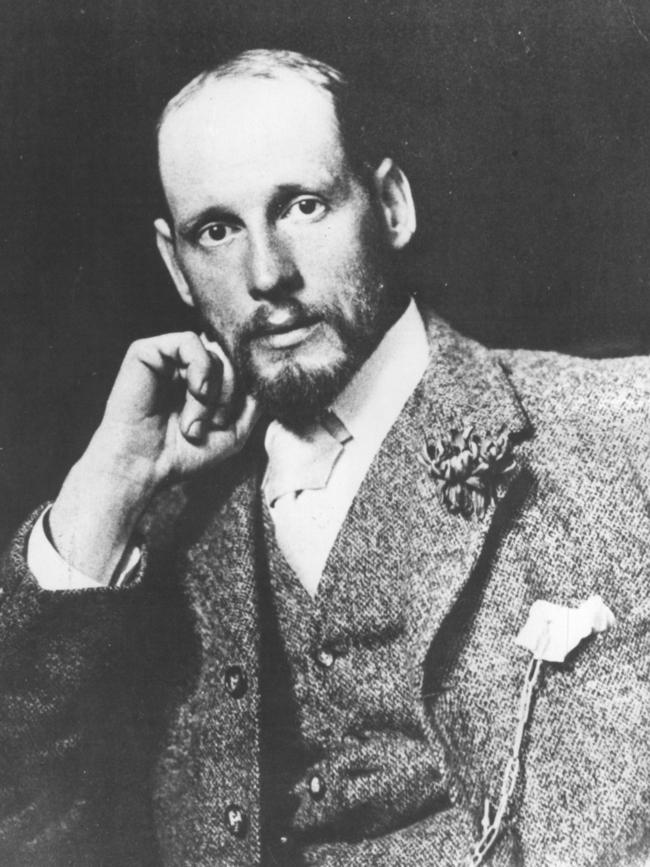
“These cemeteries and churches are not just part of Tasmania’s history, they’re part of Australia’s heritage,” Ms Miley said.
“There’s an awful lot of Australia’s colonial history in these graveyards, it would be a far-reaching loss if they were to go.
“I care that a great artist like Roberts, and a historic church like Illawarra, an important part of our heritage, don’t receive the respect they deserve.”
The remains of the state’s first Tasmanian-born premier, Sir Richard Dry, are also at risk.
He was preserved under the altar at St Mary’s in Hagley, which he funded and built on his property. The church is listed for sale by the Anglican Diocese.
Sir Richard, a key member of the committee that drafted the Tasmanian Constitution, was remembered in a funeral procession lasting for four days after his death in August 1869, aged 58.
Buried at St Mary’s Church in Kempton, also on the Anglican Diocese redress-sale list, was convict Elizabeth Bruce Flexmore, a member of the First Fleet who moved to Van Diemen’s Land before she died in June 1835.
Bishop Richard Condie said he acknowledged there was “significant public concern” about the future management of cemeteries.
“Which is why we support the Government’s review of the legislation and will co-operate with them in it,” Bishop Condie told the Sunday Tasmanian.
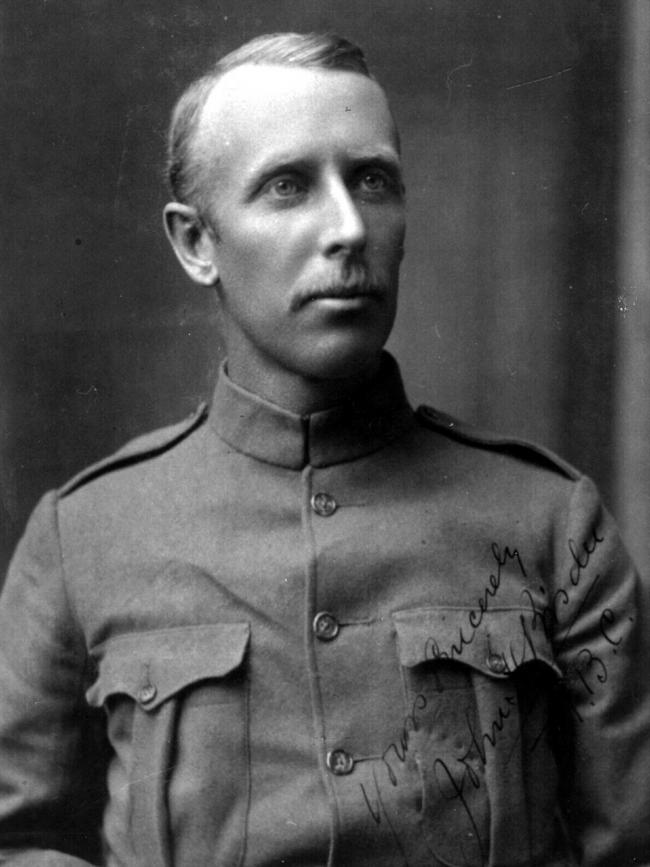
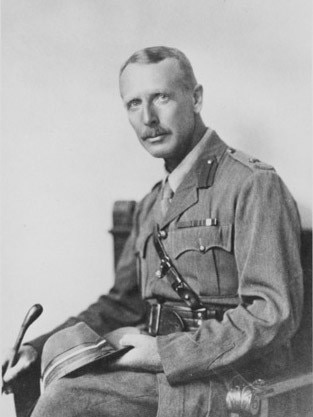
“The Burials and Cremations Act includes penalties for cemetery managers who do not fulfil their function.”
Another notable church and cemetery listed for sale is St Albans in Koonya, where Port Arthur massacre victims Nicole Burgess and Elizabeth Howard were laid to rest in 1996.
Outgoing Tasman Mayor and godmother of Ms Howard, Roseanne Heyward, said it would be devastating for the family and community if the church was lost.
“There’s a lot of history there, people are just distraught,” she said.
The Diocese Council will make its final decision on land sales in December.
The church said two parishes had already raised enough funds to cover their portion of the redress scheme and if accepted, St Matthias Church, Windermere and St Michaels, Pyengana would be removed from the list of properties for sale.
Bishop Condie said last week the church sales were not a done deal.
Each parish and community has until October 1 to make a case for keeping their place of worship, but the bishop has indicated submissions could potentially still be considered past that date.
jack.paynter@news.com.au

